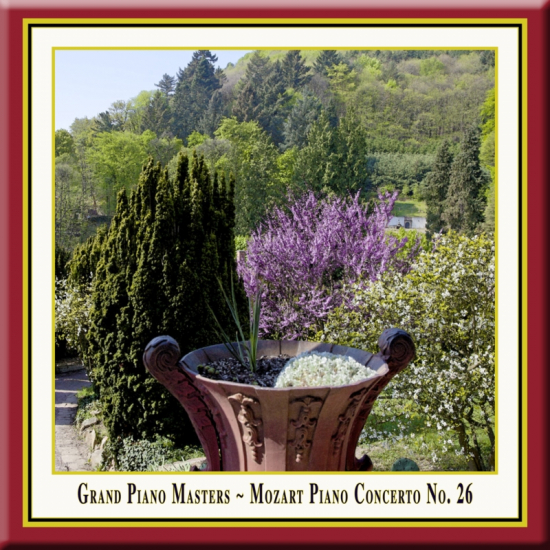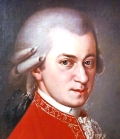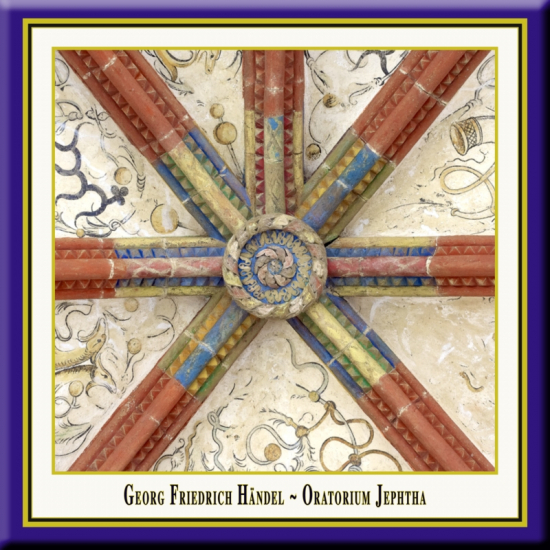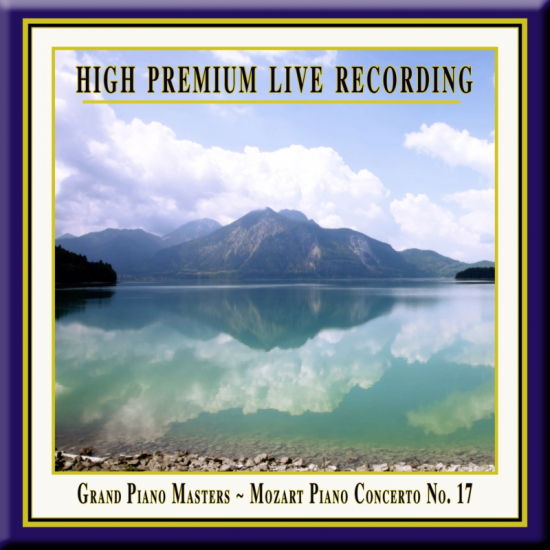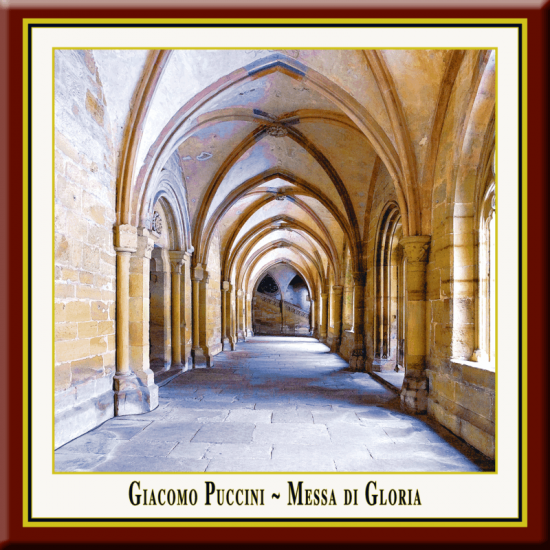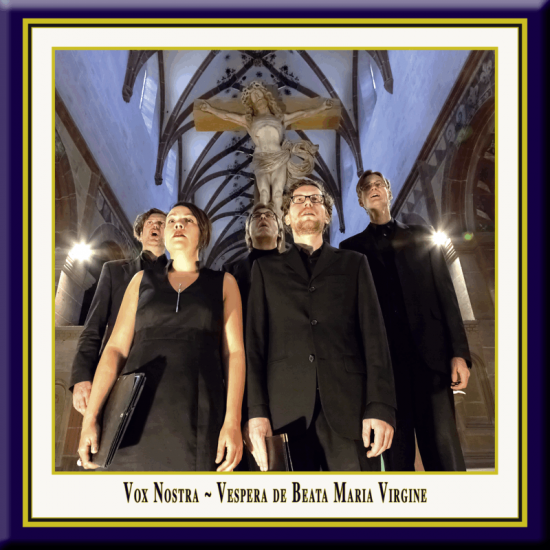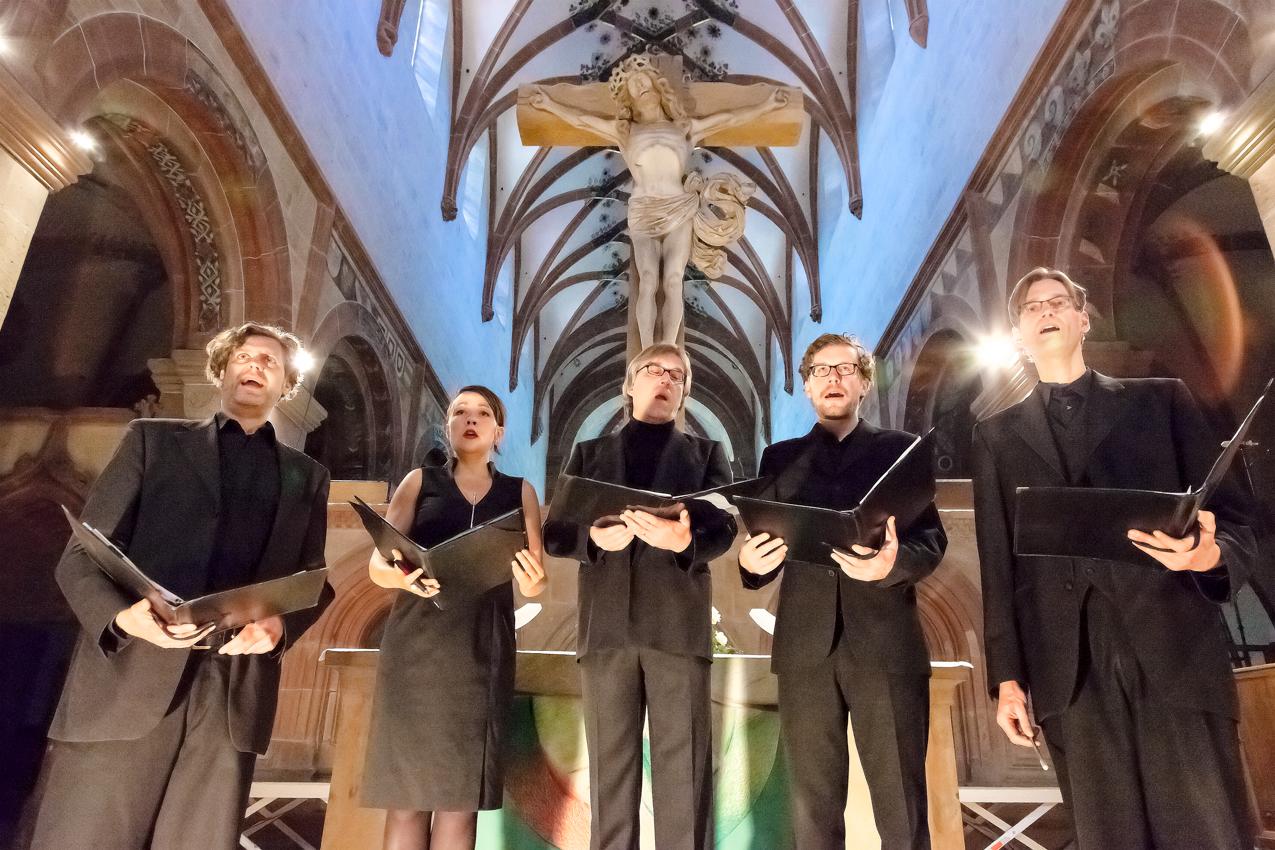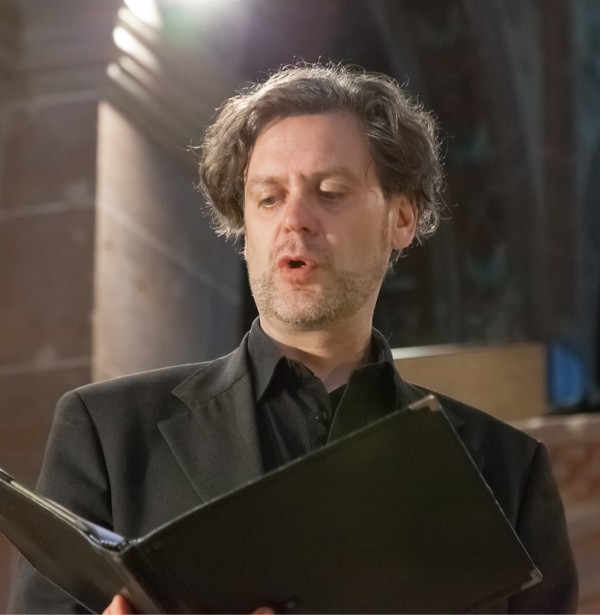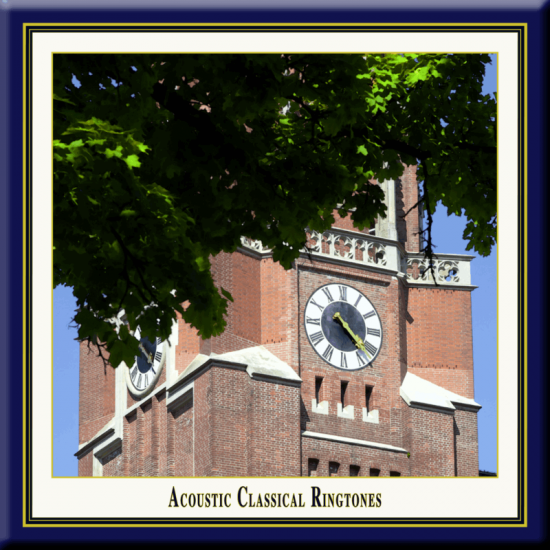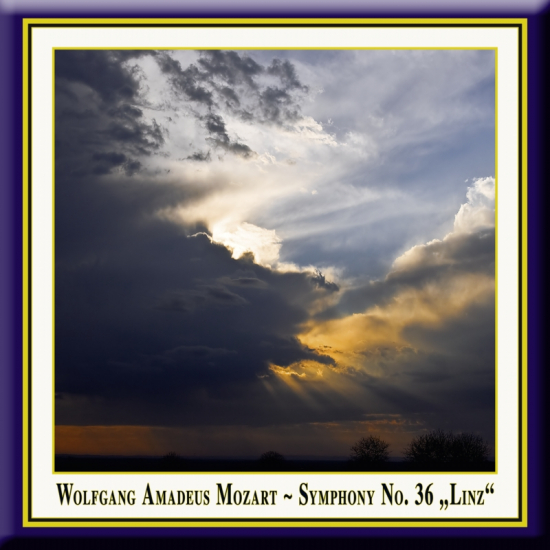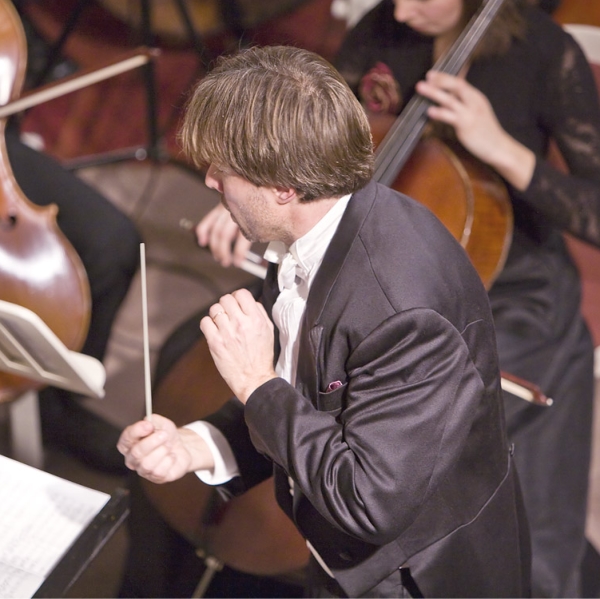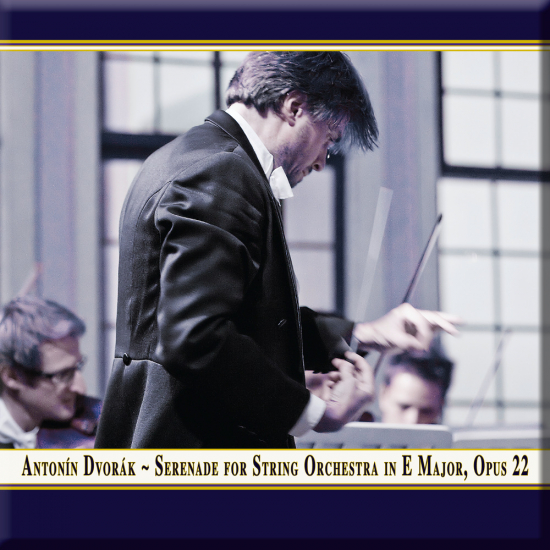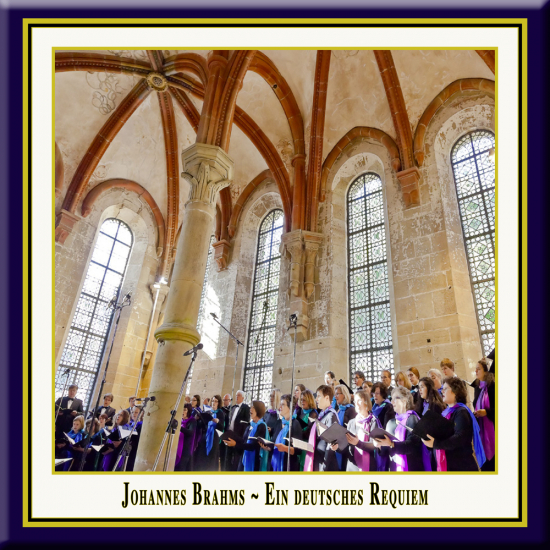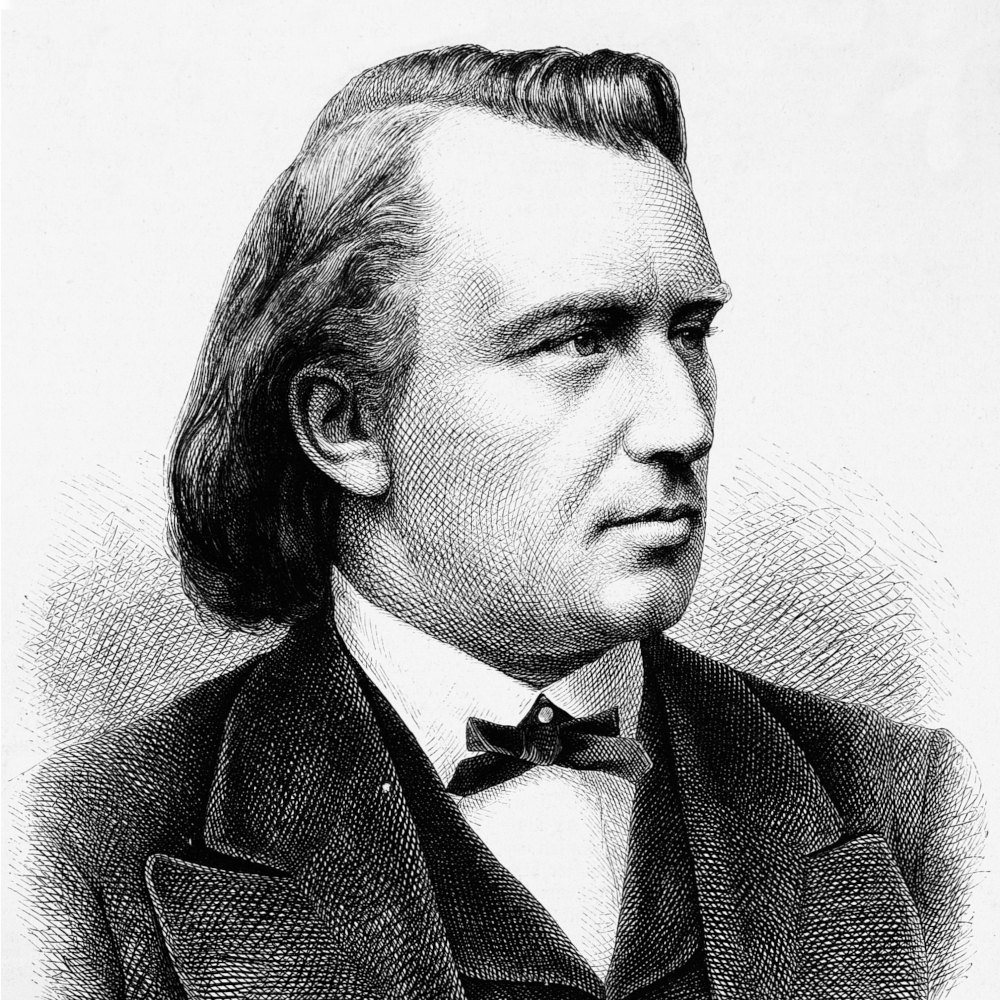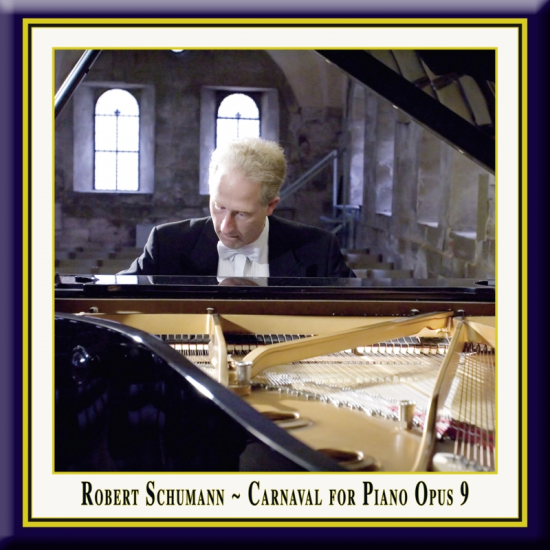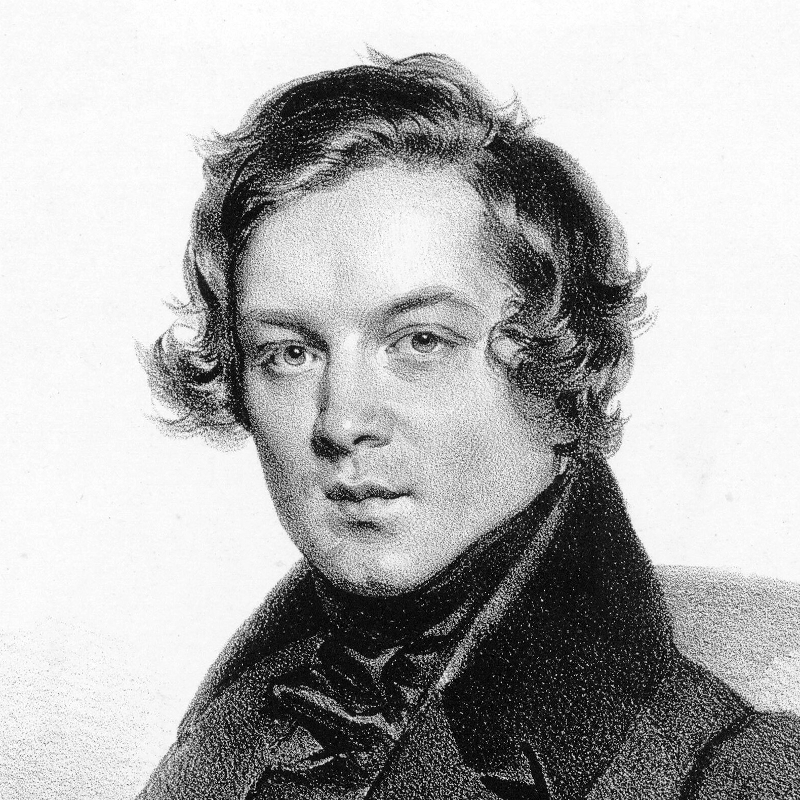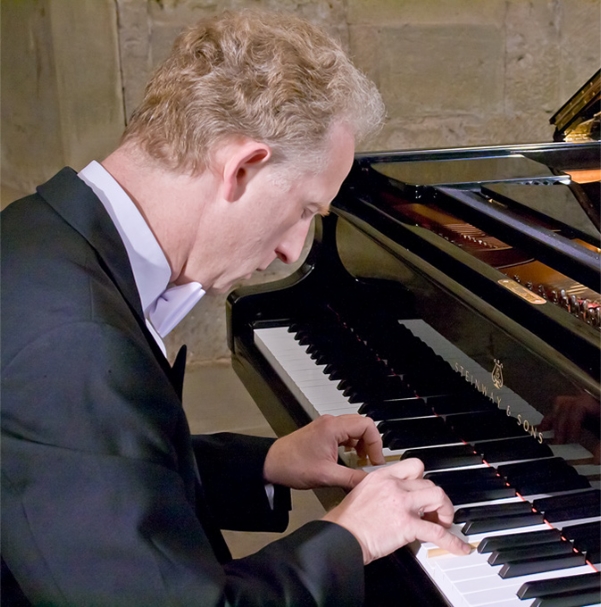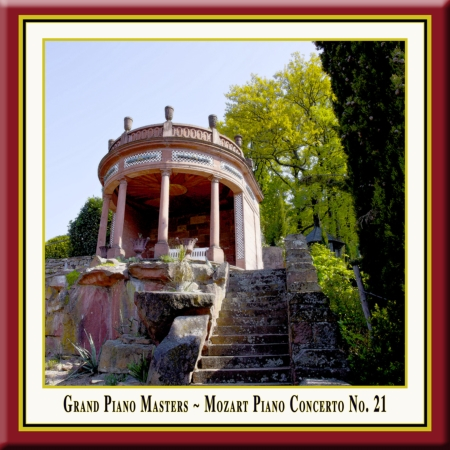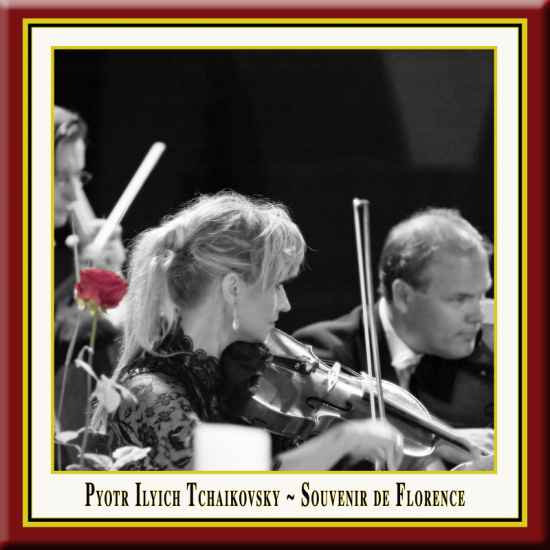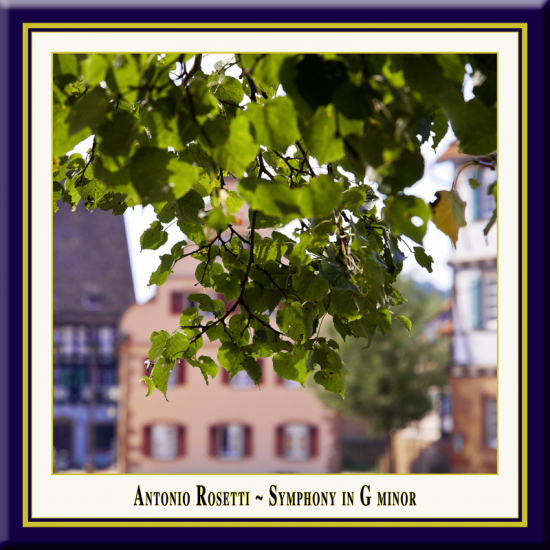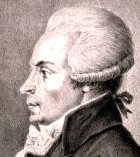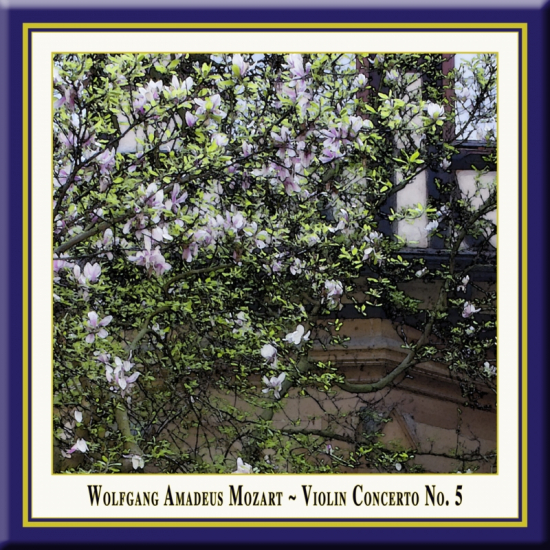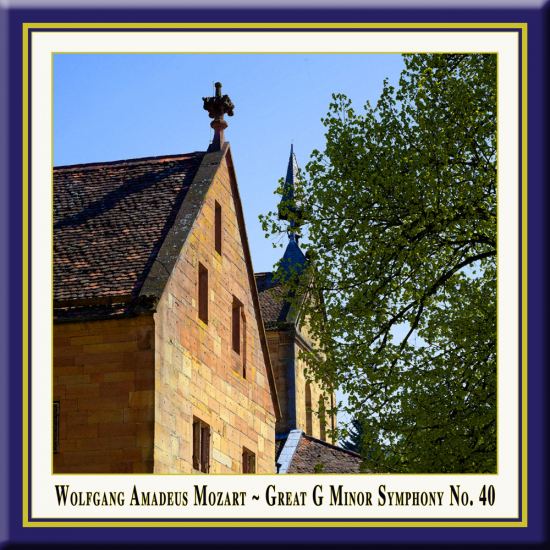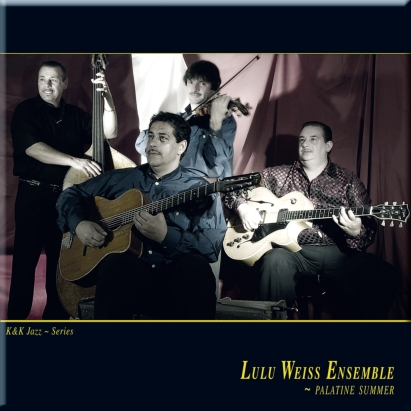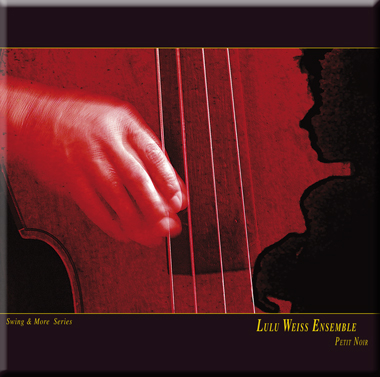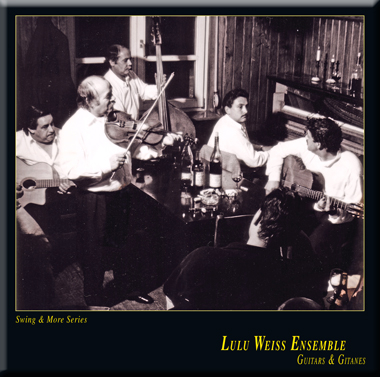A
ntonín Dvořák's Serenade for Strings in E major, Op. 22, was composed in just two weeks in May 1875. It remains one of the composer's more popular orchestral works to this day. 1875 was a fruitful year for Dvořák, during which he wrote his Symphony No. 5, String Quintet No. 2, Piano Trio No. 1, the opera Vanda, and the Moravian Duets. These were happy times in his life. His marriage was young, and his first son had been born. For the first time in his life, he was being recognized as a composer and without fear of poverty. He received a generous stipend from a commission in Vienna, which allowed him to compose his Fifth Symphony and several chamber works as well as the Serenade. Dvořák is said to have written the Serenade in just 12 days, from 3-14 May. The piece was premiered in Prague on 10 December 1876 by Adolf Čech and the combined orchestras of the Czech and German theatres. It was published in 1877 in the composer's piano duet arrangement by Emanuel Starý in Prague. The score was printed two years later by Bote and Bock, Berlin.
Form & Movements:
Dvořák's Serenade for Strings consists of five movements:
Moderato ~ Menuetto: Allegro con Moto ~ Scherzo: Vivace ~ Larghetto ~ Finale: Allegro vivace
With the exception of the Finale, which is in modified sonata form, each movement follows a rough A-B-A form. It is believed that Dvořák took up this small orchestral genre because it was less demanding than the symphony, but allowed for the provision of pleasure and entertainment. The piece combines cantabile style (first movement), a slow waltz (second movement), humorous high spirits (third movement), lyrical beauty (fourth movement) and exuberance (fifth movement). [1]
I. Moderato: The first movement starts off the Serenade in the key of E major. The second violins and cellos introduce the lyrical main theme over an eighth note pulse in the violas. The theme is traded back and forth, and the second violins reprise it under a soaring passage in the firsts. At measure 31, the movement modulates into G major and presents a new, dancelike theme, based on a dotted rhythm. At measure 54, the movement modulates back into E major and the primary theme returns. The movement ends on three E major chords.
II. Menuetto: Allegro con moto: The second movement, a waltz, opens with a lilting dance melody in C-sharp minor. The first section repeats, and the second section begins in E major. A string of eighth notes in the violins transitions into the second theme, also in E major. The first theme returns, and Part A is closed with a cadential fortissimo C-sharp minor chord. Part B opens with a modulation into the enharmonic parallel major of D-flat major. This section's theme is developed, and then Part A returns. The movement ends on a C-sharp major chord.
III. Scherzo: Vivace: The third movement is a lively, hyperactive Scherzo in F major. The theme is stated and subsequently developed in sections of different tempos and moods, including a foray into A major. The most monothematic movement yet, the scherzo ends with a coda combining material from the Scherzo and Trio.
IV. Larghetto: The slow movement of the Serenade is tranquil and wistful. Its flowing melodies and tender phrases form a buffer between the vigorous third and fifth movements. The third theme of the Menuetto: Allegro con Moto is quoted repeatedly throughout.
V. Finale: Allegro vivace: The fifth movement is a lively, offbeat finale, conveying the spirit of a Bohemian village dance. The principal theme is a descending figure based on thirds with accents on weak beats. More thematic material enters at bar 32 as the violins and cellos trade calls and responses over running eighths in the violas. A third theme based primarily on sixteenth-note upbeats appears at bar 87. A wistful recollection of the melody from the preceding Larghetto appears and then diminuendos away. The movement's recapitulation starts with the main theme, followed in turn by the second and third themes. A 20-bar eighth-note passage leads into a quotation of the first movement's theme, bringing the piece full circle. A presto coda follows, and the Serenade ends with three E major chords.
Quotes & Interpretation:
"The Serenade (Op. 22) was aptly entitled, since at least four of its five movements (the second of which was a delightful waltz) displayed an elegant touch suggestive of gracious living accompanied by 'serenading' in the stately home of some 18th-century aristocrat; in the finale alone did the composer discard periwig and lace cuffs, and even here the junketing, though lively, was well-bred, and in the closing moments there was a delicious return to the courtliness of the opening. Pastiche perhaps, but what excellent pastiche! Since Dvořák was as yet only on the threshold of developing an individual style, it is perhaps not surprising that this slightly uncharacteristic but extremely accomplished and enjoyable Serenade is the earliest of his compositions in which a detached listener is likely to discover enchantment." (Gervase Hughes 1967) [2]
"Just like delivering good news to someone has a positive rub-off effect on the messenger, performing Dvořák's Serenade is really a very therapeutic endeavor for performers. There is so much 'pure goodness' in it. Somehow even the moments which could cast a gloomy shadow - light melancholy of the Waltz, or the fragility of the opening of Larghetto - retain the wonderfully cloudless atmosphere... The remarkable thing about Dvořák's Serenade - this 'cloudless goodness' is fully sufficient for sustaining meaningful communication for nearly half an hour of music." (Misha Rachlevsky, 2000)
Notes:
[1] Doge, Klaus. "Dvorak, Antonin." Grove Music Online. Oxford Music Online. 23 Nov. 2009.
[2] Hughes, Gervase. (1967) Dvořák: His Life & Music. Cassell & Company LTD. London.
From Wikipedia, the free encyclopedia











